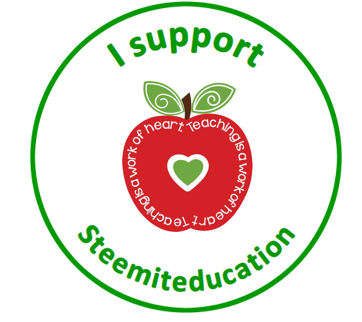
When phonological awareness is worked on skills of attention, perception and visual amplitude are developed that allow to acquire greater fluency for reading.
The phonological awareness is to become aware of the sounds and letters that make up the alphabet, and even, join them in sequence and form words, to give them a meaning. If the sound of the letters is not properly acquired, they can not be pronounced correctly.
It is important to bear in mind that the phonological component or awareness is fundamental for the development of verbal, semantic and, above all, reader-writer language. When the sound of the letter is not recognized, it can not learn to read or write correctly. Therefore, it is necessary to do a training in phonological awareness to be able to access reading and writing.
The phonological component must be stimulated for the correct development of learning and, of course, of language. This guarantees access to reading, writing and language development.
Keys to apply in classes and develop phonological awareness.
- Include phonological activities in daily routines.
- Involve the senses in the activities for development.
- Teach students to recognize and work with sounds and words.
Useful exercises in the development:
Example number #1. Learn to read phonetically.
The mouths are the starting point of any beginning in reading and learning. But you must start from the base that provides the correct message to continue in the development.
The material to be used should be easy to understand and all very well specified. Detailing step by step, for a correct follow-up and with excellent results.
Example #2 Development of phonetic awareness through rhymes.
Using rhymes is a rudimentary activity of success, by means of the rhymes an important step is taken for the correct direction in the development of phonological awareness.
Rhyming games undoubtedly direct children's attention to the differences and similarities of sounds, this strategy helps them to realize that the essence of the message transmitted to learn the language is not only to know what it says, but how it says it .
Children in this part of rhythmic sequences will listen to rhymed songs, where even they can recite poems. This will help them anticipate the words that rhyme with what they have heard and allow them to invent their own rhymes.
Example #3 Understanding that words have phonemes and syllables.
This activity will allow to recognize rhymes in the final and initial sound, in addition to a correct syllabic separation of the words.
The working method will be: Listen and identify the final sounds of the images that will come out in the roulette each time it is returned for its selection, and the images whose names rhyme will be placed in their respective place.
Example #4 Methodologies used through interpretation.
From the two (02) or three (03) years, they should be presented with a word through the sounds, a synthesis will be made to discover what word is.
The teacher makes a series of sounds and the student guesses what words he is saying. The exercise can be done in an inverse way, and thus you will obtain better results.
The phonological awareness is key in the reading-writing process and, in particular, it is because it is the most important decoding skill, it helps us to understand the alphabetical principle, the mechanisms by which the letters represent the sounds of the word and generate different possibilities to find words of which we only partially know some sounds, creating a phonological library within our neurological system, allowing a fluid reading.
The importance of these activities is to understand the architecture of language, not so much the significance, but the construction of the language itself. This implies the ability to notice, think and manipulate the individual sounds of words.

What a nice post, I loved the video :-)
Phonological awareness, I learned something new today, I did not know it was called that.
Downvoting a post can decrease pending rewards and make it less visible. Common reasons:
Submit